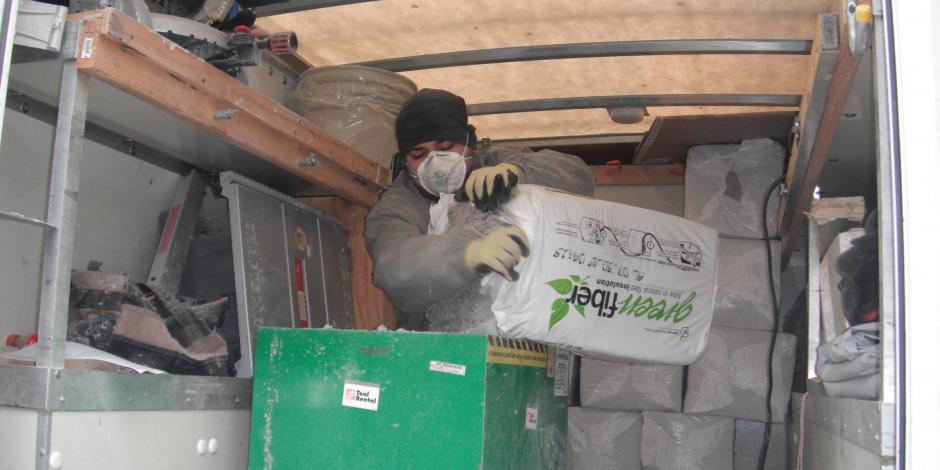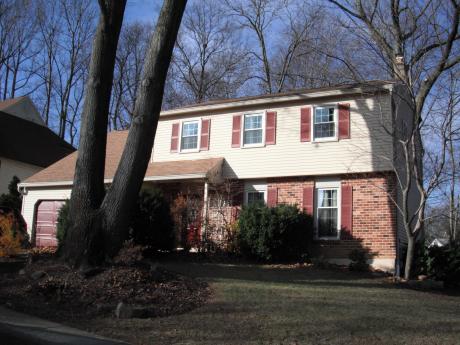The Orange Energy Solutions' insulation contractors typically recommend various types of high quality insulation based on application, performance, and budget. Closed or open-cell spray foam insulation, blown-in cellulose insulation, and foam board insulation are among the most effective types of insulation.
To measure the effectiveness of insulation, each type is assigned an R-value. R-value is described by the Green Building Advisor glossary (citation) as the measure of resistance to heat flow; the higher the R-value, the lower the heat loss. It’s helpful to remember that we could substitute “heat” with “cool, conditioned air” during the summer. Think of insulation and air sealing as keeping the conditioned air inside your home, regardless of the season.
These various forms of insulation can be used for attic insulation, garage insulation, bandjoist insulation, and many other parts of the home in order to maintain the most air tight home possible resulting in significantly improved comfort within the home.
Spray Foam Insulation
Spray foam insulation, or spray polyurethane foam, is the best material available for insulation AND air sealing at the same time. The product begins as a liquid mixture of two components and is sprayed onto the surface using a mixing gun. The foam expands upon impact and hardens as it dries.
Closed cell spray foam has a higher R-value per inch when compared to open cell. Both closed cell and open cell spray foam insulation have their own specific applications. Closed cell is the most water impermeable, and therefore is most often recommended as it better fits most applications. Orange Energy highly recommends spray foam insulation and has a skilled crew on hand who can get the job done right.
Formaldehyde-free Blown Fiberglass
Johns-Manville formaldehyde-free blown-in fiberglass insulation is similar to cellulose in its application and R-values. The formaldehyde-free product is much more environmentally and family friendly than typical fiberglass. Being a blown-in product, it can fit in hard-to-fill spaces, corners, and edges. It creates a strong barrier against air transfer and adds a sound barrier to walls and ceilings. And, being fiberglass, it will not decay or attract animals looking for food.
Cellulose Insulation
Cellulose insulation, which can be loose-blown or dense-packed, has the appeal of being a green product as it is made from recycled newspaper. The newspaper is shredded and mixed with flame-retardants and can be installed in wall and attic cavities in a few different ways. Installers may blow the cellulose into an attic space; dampen the cellulose and spray it into an open wall cavity; or dense-pack the material into a closed wall cavity. Cellulose is less expensive than spray foam but is also about half the R-value of closed cell spray foam.
Rigid Foam Board
Rigid foam board comes in many configurations, each carrying a different R-value and/or suitable application. Rigid foram board appears to be a heavy duty form of Styrofoam. Rigid foam boards can be cut easily to fit wall and attic spaces and provide complete air sealing in that no air can move through the board, or around it if the edges are properly air sealed.


